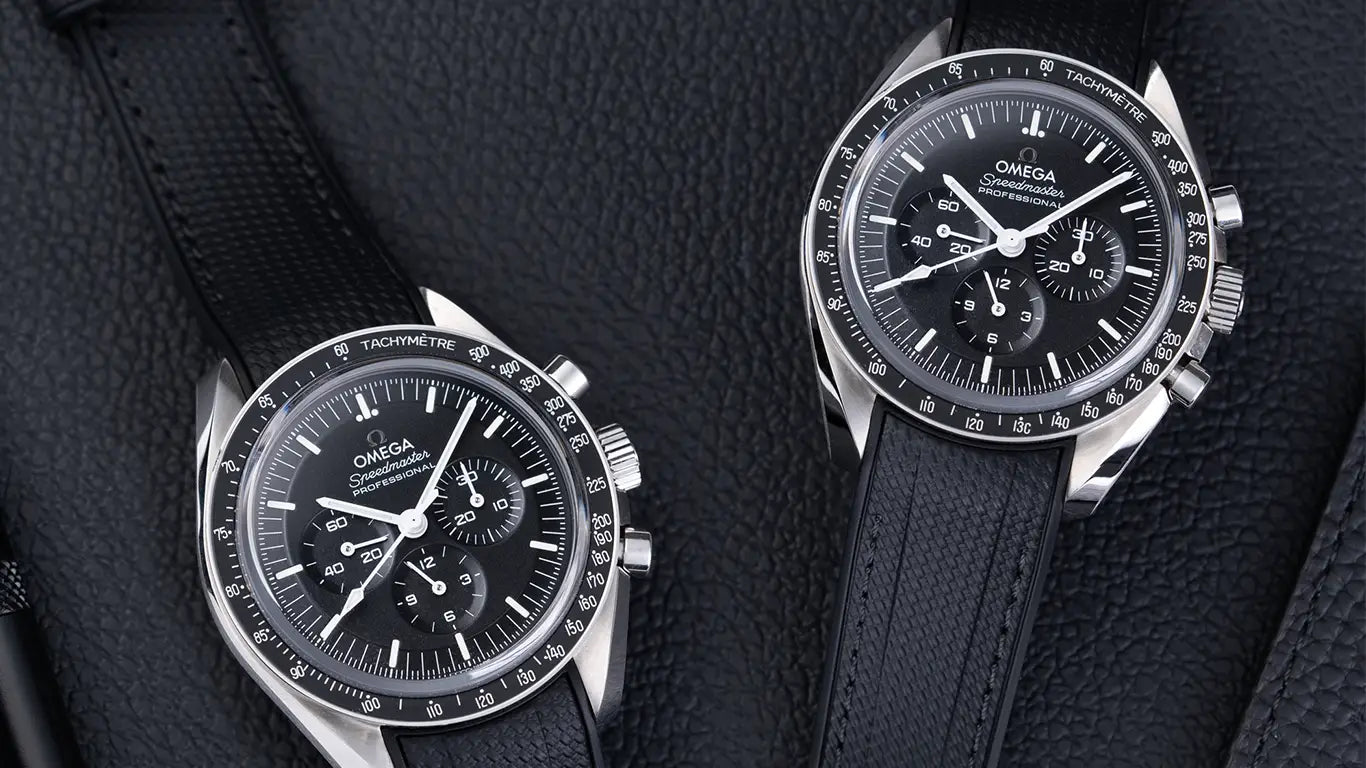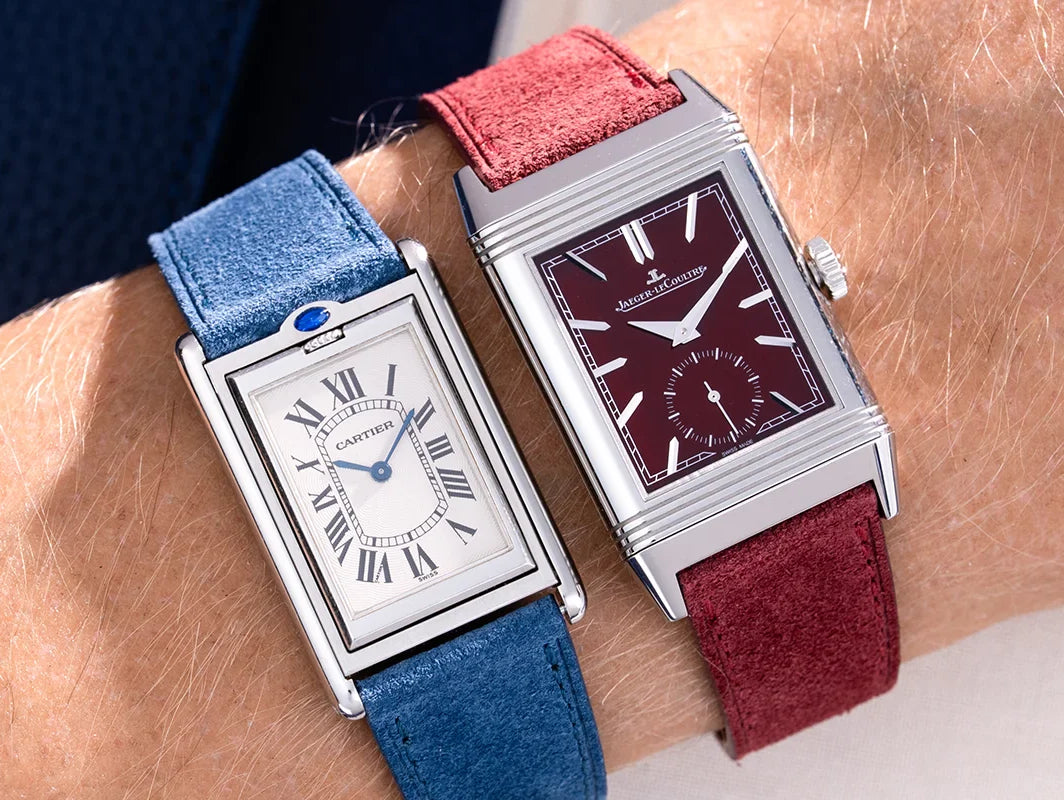Die Omega Speedmaster ist mehr als nur eine Uhr. Sie steht für Abenteuer, Ehrgeiz und menschliche Errungenschaften. Von der Welt des Motorsports bis zur Mondoberfläche ist ihre Reise voller Innovation, Mut und Geschichte.
Eine Uhr für Geschwindigkeit
1957 stellte Omega die Speedmaster als Teil seiner professionellen Kollektion vor. Sie war ursprünglich für Rennfahrer konzipiert und robust und leicht ablesbar. Die Tachymeterskala auf der Lünette ermöglichte den Fahrern eine schnelle Geschwindigkeitsmessung und machte sie zu einem Favoriten unter Rennprofis. Von Anfang an war die Speedmaster für ihre Präzision und Zuverlässigkeit bekannt.
Dies teilte er auf Instagram mit
Von der Rennstrecke zu den Sternen
Obwohl die Speedmaster für den Rennsport entwickelt wurde, blieb sie nicht lange auf der Erde. 1962 trug der Astronaut Wally Schirra seine persönliche Speedmaster während der Mercury-Atlas-8-Mission. Sie war die erste Omega-Uhr im Weltraum. Dies erregte die Aufmerksamkeit der NASA, und bald begann man mit der Suche nach einer Uhr, die den extremen Bedingungen der Raumfahrt standhalten konnte.
NASA stellt die Omega Speedmaster auf die Probe
Als die NASA begann, Uhren für Weltraummissionen zu testen, brachte sie diese bis an ihre Grenzen. Die Speedmaster musste extremer Hitze, eisiger Kälte, heftigen Stößen, starken Vibrationen und dem Vakuum des Weltraums standhalten. Sie bestand jeden Test. Die NASA machte sie schließlich zur offiziellen Uhr ihrer Astronauten und stellte damit sicher, dass sie Teil einiger der wichtigsten Missionen der Geschichte sein würde.
Die erste Uhr auf dem Mond
Am 20. Juli 1969 wurde die Omega Speedmaster Teil einer der größten Errungenschaften der Menschheit. Als Buzz Aldrin den Mond betrat, trug er seine Speedmaster am Handgelenk. Neil Armstrong hatte seine eigene Uhr als Ersatz in der Mondlandefähre zurückgelassen. Damit war Aldrins Speedmaster die erste Uhr, die jemals auf dem Mond getragen wurde. Seitdem ist sie als „Moonwatch“ bekannt.
Dies teilte er auf Instagram mit



